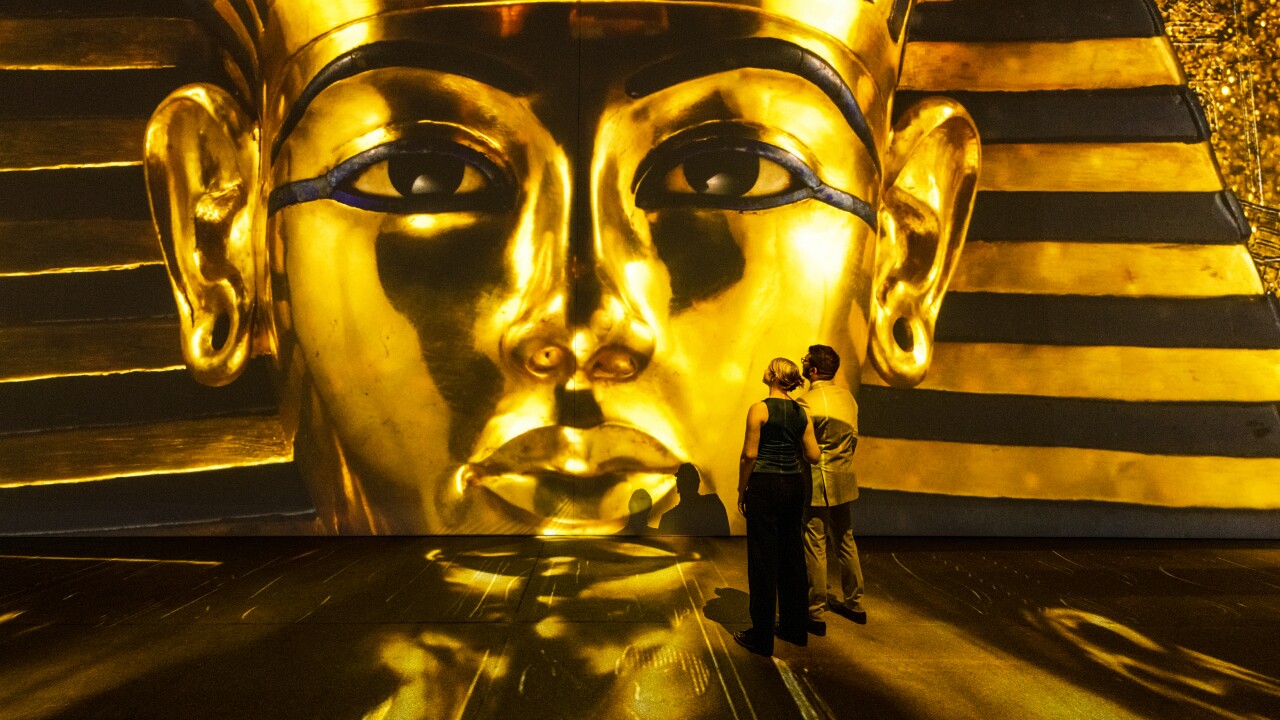
Welcome, fellow history enthusiasts and intrepid explorers, to a captivating journey through the ancient wonders of Egypt. Today, we embark on an expedition to unravel the mysteries and delve into the rich history of the magnificent Habu Temple. Nestled on the west bank of the Nile River in Luxor, Egypt, this awe-inspiring structure stands as a testament to the grandeur, devotion, and artistic prowess of the New Kingdom period. Join us as we embark on a virtual tour through the enigmatic beauty of the Habu Temple.
- A Majestic Sanctuary: The Habu Temple, also known as the Mortuary Temple of Ramesses III, is an architectural marvel that has withstood the test of time. Built during the 12th century BCE, this colossal temple complex served as a mortuary temple, a place of worship, and a lasting tribute to Pharaoh Ramesses III. Its imposing walls, towering pylons, and intricate reliefs offer a glimpse into the religious and cultural practices of ancient Egypt.
- The Facade: Awe-Inspiring Splendor: As visitors approach the Habu Temple, they are greeted by an impressive façade characterized by two massive pylons. These towering gateways, adorned with intricate carvings and inscriptions, symbolize the divine authority and power of the pharaoh. The beautifully preserved reliefs depict scenes of military victories, royal processions, and offerings to the gods, transporting visitors to a bygone era of triumph and reverence.
- Exploring the Hypostyle Hall: Stepping inside the Habu Temple, visitors are greeted by a vast hypostyle hall adorned with massive columns, each intricately carved with divine and symbolic representations. The hall was once a focal point of religious rituals and ceremonies, and its well-preserved reliefs provide insights into the ancient Egyptian beliefs surrounding life, death, and the afterlife.
- Captivating Wall Reliefs: One of the highlights of the Habu Temple is the abundance of well-preserved wall reliefs that adorn its interiors. These intricate carvings depict scenes from Pharaoh Ramesses III’s reign, military campaigns, religious processions, and offerings to various deities. The reliefs also offer insights into the intricate mythology, religious practices, and divine beliefs of ancient Egypt.
- The Sacred Lake: Adjacent to the temple complex is the sacred lake, a serene body of water that once played a vital role in purification rituals and religious ceremonies. The lake’s tranquil beauty offers a serene respite amidst the grandeur of the temple, inviting visitors to reflect and immerse themselves in the spiritual essence of ancient Egypt.
- Preservation and Accessibility: Preserving the architectural and artistic beauty of the Habu Temple is of paramount importance. Conservation efforts have been undertaken to protect this historical treasure. While exploring the temple, visitors can witness the ongoing restoration work and gain a deeper appreciation for the meticulous efforts taken to maintain its splendor. Access to various areas of the temple may be regulated to ensure its long-term preservation.

